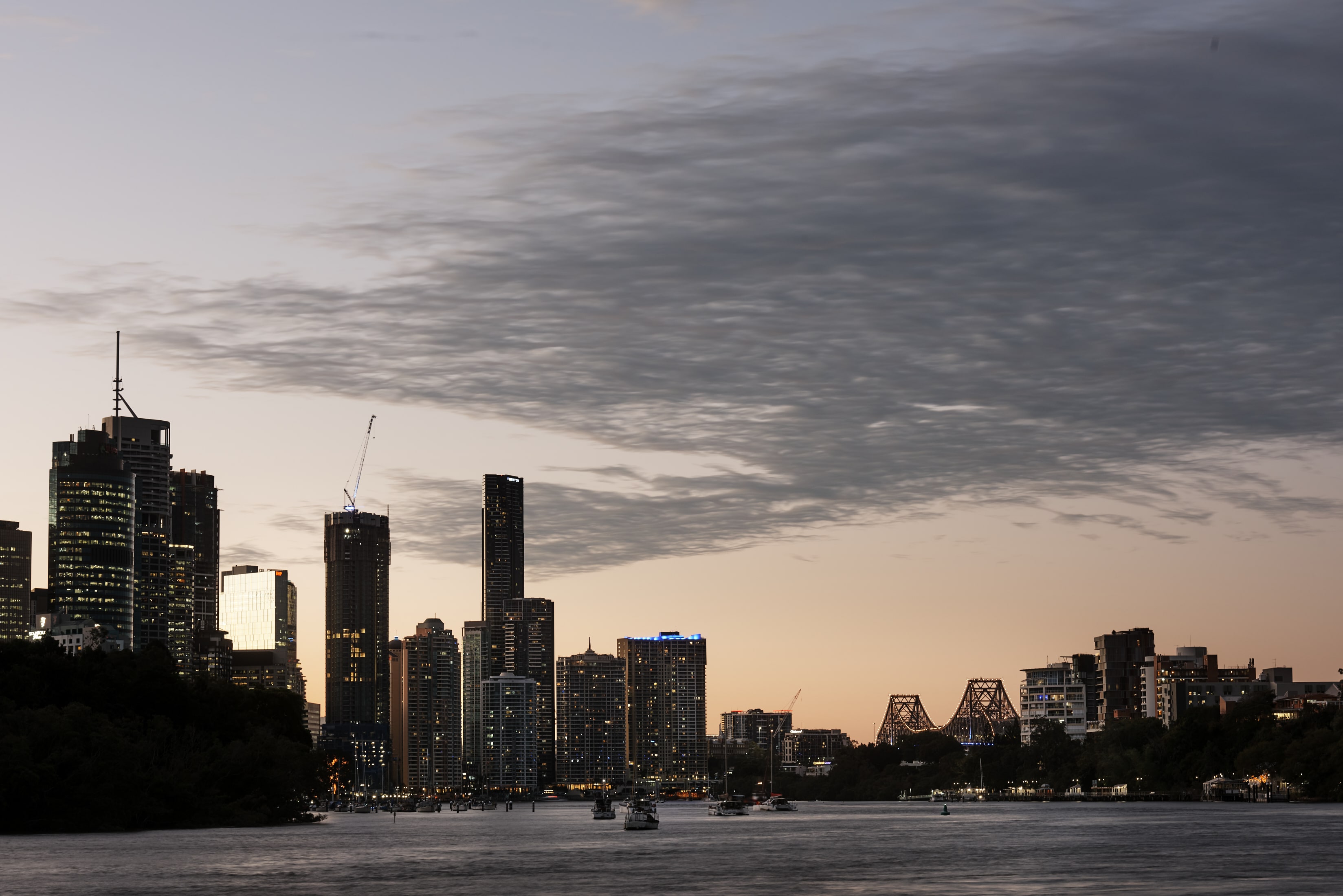11.10.2024
The value of the housing market hits a record $11 trillion

The total worth of Australia’s housing market surged to a record $11 trillion in September as more homes were built and prices continued to rise despite higher interest rates, data from CoreLogic shows.
The total worth of Australia’s housing market surged to a record $11 trillion in September as more homes were built and prices continued to rise despite higher interest rates, data from CoreLogic shows.
Home values increased by 6.7 per cent in the past 12 months, delivering a $900 billion windfall to residential property owners.
Over the year to June, a total of 176,000 new homes were also completed and added to the market, according to the Australian Bureau of Statistics.
Kaytlin Ezzy, CoreLogic’s economist, said the total value of the residential sector would continue to rise in the coming years as more homes were built, and dwelling prices lifted further.
“The government hopes to add 1.2 million new homes over the next five years, which would definitely help push the overall value for the Australian residential market higher,” she said.
“We’re also expecting prices to rise over the near to medium term, although the pace of growth would likely ease as we move into spring with .”
Shane Oliver, AMP chief economist said the record high valuation proved the housing market’s resilience and its long-term track record of rising prices.
“This shows that household wealth, which is largely tied to residential real estate, is strong and continuing to rise,” he said.
“Property has come to be relied on as a good way to build wealth, so people still want to get into property, and once there, they do whatever they can to service their mortgages, even if it involves giving up on things for a while.
“But it’s getting harder each year as property prices rise faster than people’s incomes do, which is resulting in greater levels of wealth and intergenerational disparity.”
While price growth is expected to slow in the coming months, the prospect of long-term capital gains would likely entice more property investors, who were already returning in droves, back into the market, Ms Ezzy said.
National home values rose by just 1 per cent in the September quarter, the softest quarterly rise since March 2023.
New listings rose 2.1 per cent over the year to October 6, marking the strongest start to the spring selling season since 2021.
“The surge in new listings have also contributed to the slowdown in value growth as the market absorbs the additional stock,” Ms Ezzy said.
“As we move through spring, we’re likely to see further moderation in value growth as new listings continue to rise, providing some relief for home buyers who have faced intense competition over the past year.
“The increase in available stock is also providing more opportunities for investors to enter the market, which wasn’t the case during last year’s constrained conditions.”
The share of new investor loans surged to 38.6 per cent in August, the highest level since 2017 when the Australian Prudential Regulation Authority further tightened lending rules to investors by limiting the portion of interest rate only loans to 30 per cent of all lending.
“The high investor activity is likely due to the perceived opportunities for capital gains over the long term and tighter rental market conditions driving potential yield growth,” she said.
In the past 10 years, house values climbed by 85.9 per cent nationwide, or the equivalent of $403,349, while units gained 41.2 per cent or $193,706.
climbed by 95.2 per cent to $1.47 million, Brisbane jumped by 97.8 per cent to $973,534, while Melbourne lifted by 70.4 per cent to $925,762.
Adelaide house values rose by 94.9 per cent to $856,856, Hobart was up by 89.6 per cent to $692,504 and Canberra by 77.9 per cent to $966,684.
Despite , house prices only increased by 58 per cent in the past 10 years to $830,965.
Sydney’s premium suburbs Bellevue Hill and Dover Heights topped the biggest gainers, with values more than doubling in the past decade. Their house prices increased by $6.8 million or 162.1 per cent to $11 million, and by $3.7 million or 144.6 per cent to $6.23 million respectively.
House prices in cheaper suburbs Leppington and Ruse in the south-west also rose sharply, increasing by 164.7 per cent and 140.5 per cent respectively.
Across , suburbs in the Mornington Peninsula such as Somers, Portsea and Sorrento dominated the long-term performers, with their median increasing by more than 140 per cent.
House prices in Brisbane’s D’Aguilar in the city’s north and Robertson in the south racked up the largest gains at 167.7 per cent and 148 per cent respectively.
Source: CoreLogic
back to all news